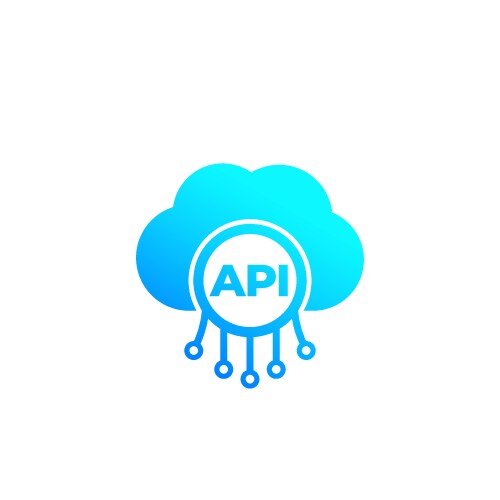How To Integrate AI Into An App: A Practical Guide For Businesses?
From personalized experiences to intelligent automation, AI has transformed how modern applications function. If you’re a business owner or tech leader considering enhancing your product, learning how to integrate AI into an app can significantly elevate performance, user engagement, and operational efficiency. This practical guide outlines the essential steps and considerations to successfully embed AI capabilities into your mobile or web application.
Integrate AI into an app
Identify right use case
Popular use cases include chatbots, recommendation engines, speech recognition, image analysis, fraud detection, and smart search functionalities.
-
What problem am I solving?
-
Can AI genuinely improve this process?
-
What kind of data is available?
Data availability & quality
Your app must have access to large volumes of relevant, high-quality data. If your current system lacks the necessary data infrastructure, consider building robust data pipelines or integrating third-party data sources.
-
Clean and structured data leads to more accurate results.
-
Historical data helps train your AI models effectively.
-
Real-time data can enhance responsiveness and relevance.
Choose right AI technology
Machine learning
Useful for prediction and classification tasks.

Natural language processing
Ideal for text analysis, translation, and conversational agents.

Computer vision
Suitable for facial recognition, image classification, and object detection.
Deep learning
Excellent for complex pattern recognition and voice applications.

Decide on integration method
Pre-built APIs
Quickest route using services like Google Vision, IBM Watson, or Dialogflow.

Custom AI models
Tailored for specific needs and better performance control.
Third-party SDKs
Ideal for plug-and-play features with minimal development.
Collaborate with AI experts or development partners
developing and deploying AI solutions requires specialized knowledge. Partnering with experienced AI developers or agencies can streamline the process and reduce risks.
-
Data preprocessing.
-
Model training and evaluation.
-
Integration into frontend and backend.
-
Ongoing optimization and monitoring.
Ethical AI and compliance
When you integrate AI into an app, responsibility and transparency become crucial. Incorporating ethical practices builds brand credibility and ensures long-term success.
-
Complies with GDPR and other data privacy regulations.
-
Uses explainable AI to promote trust among users.
-
Avoids biased decision-making by training models on diverse datasets.

Test, deploy, & improve
-
Conduct A/B testing to evaluate performance.
-
Use real-world feedback to improve algorithms.
-
Monitor for anomalies and drift in model accuracy.
Conclusion
Understanding how to integrate AI into an app is not just about following a technical checklist, it’s about reimagining how your business operates in a digital-first world. AI integration can elevate your app’s functionality, deliver unmatched personalization, and offer deeper insights to guide strategy.
